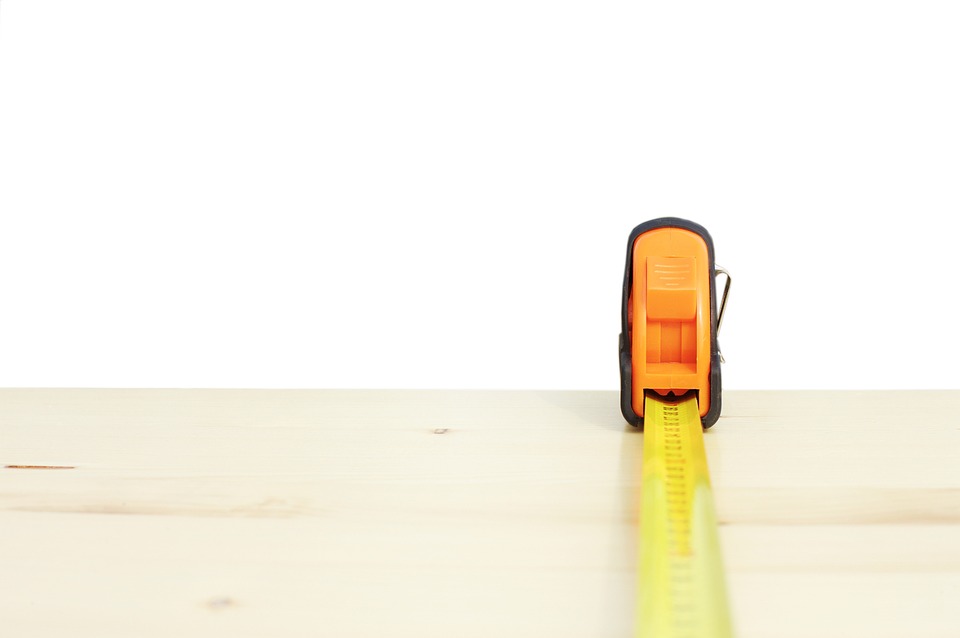Bias tape is a versatile and practical sewing notion that is used to finish raw edges, add decorative trims, or create clean and professional-looking hems. Mastering the art of applying bias tape can take your sewing projects to the next level, and with the right tips and techniques, you can achieve seamless and professional results every time.
To start, it’s important to understand what bias tape is and how it’s made. Bias tape is a strip of fabric that is cut on the bias, or diagonal grain of the fabric, which makes it flexible and stretchy. It comes in various widths and can be purchased pre-made, or you can make your own using a bias tape maker tool.
When applying bias tape, it’s essential to prepare your fabric edges by pressing them and stabilizing them with pins or clips. This will ensure that the bias tape lays flat and smoothly over the edge of the fabric.
One of the most common uses for bias tape is to finish raw edges. To do this, open up the bias tape and line up the raw edge of the fabric with the center fold of the bias tape. Sew along the fold line, keeping the fabric edge aligned with the tape. Then, fold the bias tape over the raw edge and stitch it in place. This creates a clean and neat finish that prevents fraying.
For adding decorative trims, consider using a contrasting color or pattern of bias tape to add interest and detail to your project. You can sew the bias tape along curved or straight edges, and even around corners by folding and pressing the tape to follow the shape of the fabric.
When using bias tape to create hems, it’s important to fold the fabric edge up to the desired hem depth, press it in place, and then apply the bias tape over the raw edge of the fabric. This will create a clean and polished hem that is both durable and attractive.
To achieve seamless results when applying bias tape, practice and patience are key. Take your time to ensure that the bias tape is evenly stitched and pressed, and use an edge-stitching foot or a guiding marker on your sewing machine to maintain a consistent distance from the edge of the tape.
In conclusion, mastering the art of applying bias tape can elevate the quality and appearance of your sewing projects. By understanding the properties of bias tape and using the right techniques, you can achieve seamless and professional results every time. Whether finishing raw edges, adding decorative trims, or creating hems, bias tape is a valuable tool that can enhance the look and durability of your sewing creations. With practice and attention to detail, you can become a master of bias tape application and take your sewing skills to new heights.

